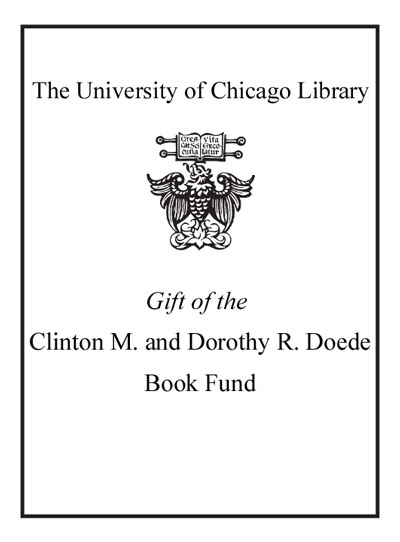Black women's risk for HIV : rough living /
Saved in:
| Author / Creator: | Gentry, Quinn M. |
|---|---|
| Imprint: | New York : Haworth Press, c2007. |
| Description: | xx, 261 p. ; 22 cm. |
| Language: | English |
| Subject: | |
| Format: | Print Book |
| URL for this record: | http://pi.lib.uchicago.edu/1001/cat/bib/7246659 |
| Summary: | An inside look at the devastating impact of the HIV/AIDS epidemic on poor African American women <br> <br> Black Women's Risk for HIV: Rough Living is a valuable look into the structural and behavioral factors in high-risk environments--specifically inner-city neighborhoods like the "Rough" in Atlanta--that place black women in danger of HIV infection. Using black feminism to deconstruct the meaning and significance of race, class, and gender, this text gives a voice to a unique disenfranchised population and legitimizes their lives and experiences. This important ethnographic study focuses not only on the problems associated with the continued rise in HIV rates among African American women, but provides viable solutions to these problems as well.<br> <br> As we move into the 21st century, unsafe heterosexual contact has become a common route of HIV infection and an overwhelming majority of those infected are women. More and more, these are women of color who reside in poor inner-city neighborhoods. Black Women's Risk for HIV: Rough Living uses ethnographic methods to define and break down the social, economic, and political factors directly affecting women in high-risk environments. An informative and compassionate rendering of a growing problem, this text offers an inside look at the devastating impact of the HIV/AIDS epidemic on poor African American women and works to link these women's individual circumstances to the larger social context.<br> <br> Some topics Black Women's Risk for HIV: Rough Living explores in-depth are: the 20-year change in the Rough--in inner-city Atlanta--from a middle-class African American neighborhood to a high-risk hub of chronic drug users and sellers the history and implementation of the Health Intervention Project (HIP) in the Rough theoretical frameworks that shape the analysis of the impact of this neighborhood as a on the lives of women at high-risk for contracting HIV women's living arrangements in the Rough and their relation to the structural constraints that place them at risk a living-arrangement-based categorization of women in the Rough--street women and house women--and the defining characteristics of each family relations and the personal histories of women as influential factors women's intimate partner relationships and motivation for condom use in those relationships mother-child relations and views of parenting that cycle between "hopeful" and "hopeless" mothering the disappearance of work and welfare from the inner-city community and women's methods of economic survival the meaning and significance of church and religion in the lives of high-risk women four primary methods of reducing HIV risk in these environments and much more! While qualitative health researchers interested in race, class, gender, and behavioral perspectives of HIV risk and protective factors will find Black Women's Risk for HIV: Rough Living a valuable resource, so too will public health practitioners, medical sociologists, substance abuse and mental health researchers, and graduate students focusing on public health, sociology, community psychology, and women's health. |
|---|---|
| Physical Description: | xx, 261 p. ; 22 cm. |
| Bibliography: | Includes bibliographical references (p. 249-256) and index. |
| ISBN: | 9780789031693 (hard : alk. paper) 0789031698 (hard : alk. paper) 9780789031709 (soft : alk. paper) 0789031701 (soft : alk. paper) |

